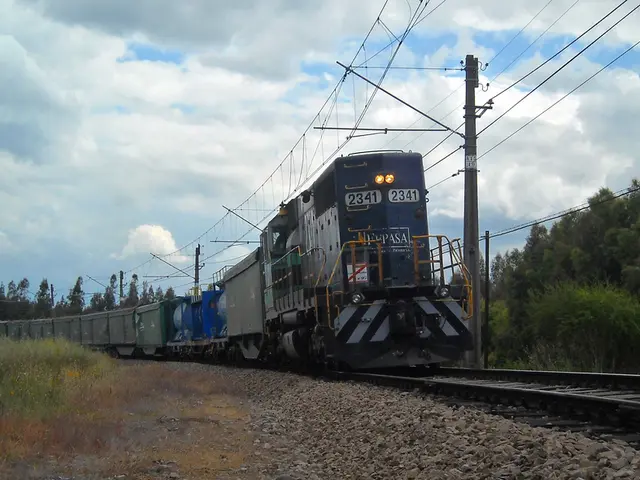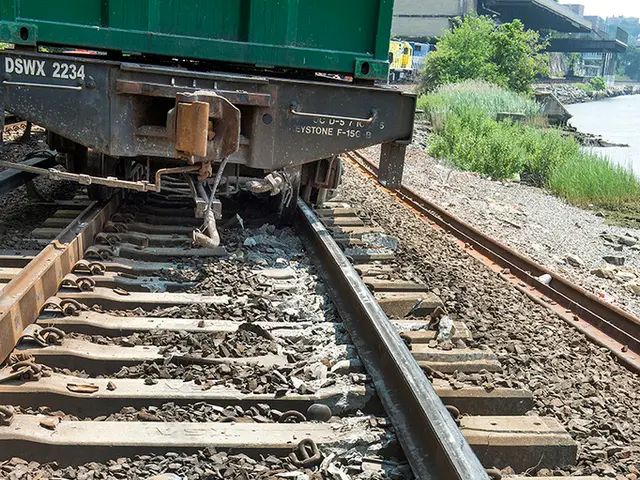City Tree Standoff in Stuttgart's West District
In the densely populated West district of Stuttgart, a heated battle has erupted over the remaining trees. Helene Nuding, a resident who's lived in the area since birth, has a soft spot for the 85-year-old poplars that provide shelter, shade, and climate improvement in the concrete jungle. The landlords, however, seem less concerned, hiring tree cutters to take down the trees on November 13.

Helene and her neighbors stood up against the tree-cutting squad, alerting the police and city council. The result? The workers packed up and left after a lengthy discussion. But the 25-meter-high poplars are not saved just yet.
Legal Challenges Ahead
Apparently, the landlords desire to sidestep the trouble. Since 1998, they've held a felling permit for the poplars, but given changes in local circumstances and nature conservation regulations, lawyers argue that it's time to re-examine its validity.
Resident Nuding: "These trees are essential for birds, squirrels, bats, and CO2 filtration. We believe they should not be cut down under current nature conservation regulations."
The city council did not comment on the matter.
Significance of Urban Trees
This dispute serves as a reminder of the significant role trees play in mitigating climate change and promoting nature conservation. As environmentalists argue, the poplars are more than just tall, green structures. They are vital habitats for wildlife and contribute significantly to air purification, making them a crucial component of the city's environmental health.
The regional Stuttgart news has thorough coverage of the controversy, reflecting an increasing public concern for environmental issues and the need for sustainable urban planning.
Enrichment Insights
Challenging a 25-year-old felling permit implies revisiting several aspects. Here's a structured approach to this challenge:
- Review current regulations, including updated nature conservation laws and forestry management guidelines.
- Identify any significant changes in local circumstances, such as environmental impact, soil quality, water tables, and nearby ecosystems.
- Engage with local authorities to discuss permit validity under contemporary regulations.
- Conduct an Environmental Impact Assessment (EIA) to address rising EIA requirements.
- Evaluate the original permit conditions against current guidelines.
- Foster open dialogue with local stakeholders to consider the permit's alignment with community values and environmental standards.
- Initiate legal action if necessary, presenting valid reasons for challenging the original permit.
- Explore obtaining a new permit under current regulations, if possible.
By implementing these steps, you can effectively challenge the validity of a 25-year-old felling permit due to changes in local circumstances and nature conservation regulations.








